The 1950s were a significant period in the history of Berlin. It was a time of rebirth, rebuilding, and division, and the city underwent profound changes that left an indelible mark on its social, political, and cultural landscape.
Berlin in the 1950s bore the deep scars of World War II. The city lay in ruins, its buildings destroyed, and its spirit battered. But even in the face of such destruction, the resilient Berliners were determined to rebuild their city. Rubble was gradually cleared, and slowly, the city began to rise from its ashes. Old buildings were restored, and new ones sprang up, embodying the modernist architecture of the time. A prime example of this architectural transformation was the Hansaviertel complex, a housing project designed by prominent architects like Alvar Aalto, Walter Gropius, and Oscar Niemeyer.
Yet, this rebuilding process was not just physical; it was also symbolic. Berlin was a city divided. The Potsdam Agreement of 1945 had split Germany and Berlin into four occupied zones – British, American, French, and Soviet. Tensions between the Soviet Union and the Western Allies grew, eventually leading to the formation of two separate entities: The Federal Republic of Germany (West Germany) and the German Democratic Republic (East Germany) in 1949.
Berlin, straddling the line between East and West, became the epicenter of the Cold War. This political division manifested physically with the construction of the Berlin Wall in 1961, but the ideological division had already begun in the 1950s. Each side developed its distinct identity – West Berlin became a beacon of democracy and freedom, while East Berlin symbolized the ideals of socialism.
Despite the political tensions, Berlin in the 1950s was a city in cultural flux. The need for artistic expression was more profound than ever, serving as a cathartic release from the burdens of the past and the anxieties of the present. In West Berlin, the free world’s influence resulted in a surge of new music styles, films, and arts, with Jazz and Rock ‘n’ Roll rhythms filling the air. East Berlin, under Soviet influence, saw a rise in state-sponsored art forms, with socialist realism being the dominant theme.
The 1950s also saw Berlin return to its pre-war status as a city of learning and innovation. Universities and research institutions that had been closed or destroyed during the war were reopened or rebuilt. The Free University of Berlin was established in 1948 in West Berlin as a response to the Communist-controlled Humboldt University in East Berlin.
Here are some fascinating photos that will take you back to the 1950s in Berlin.









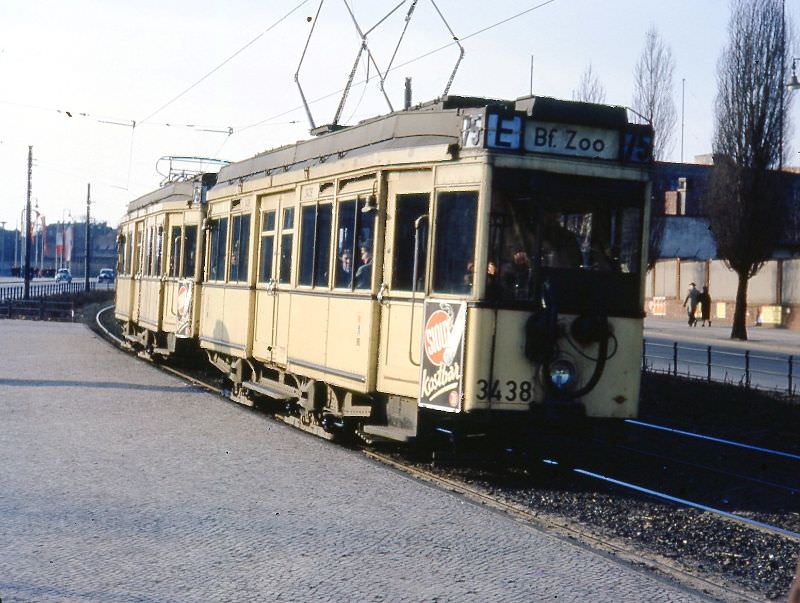
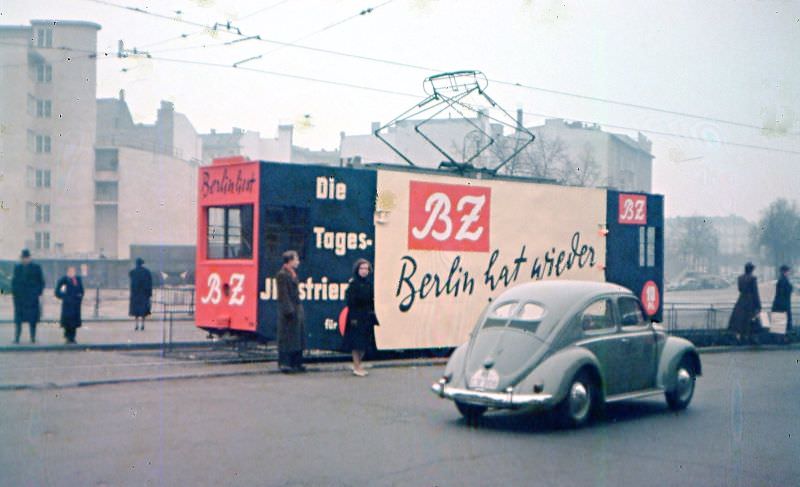









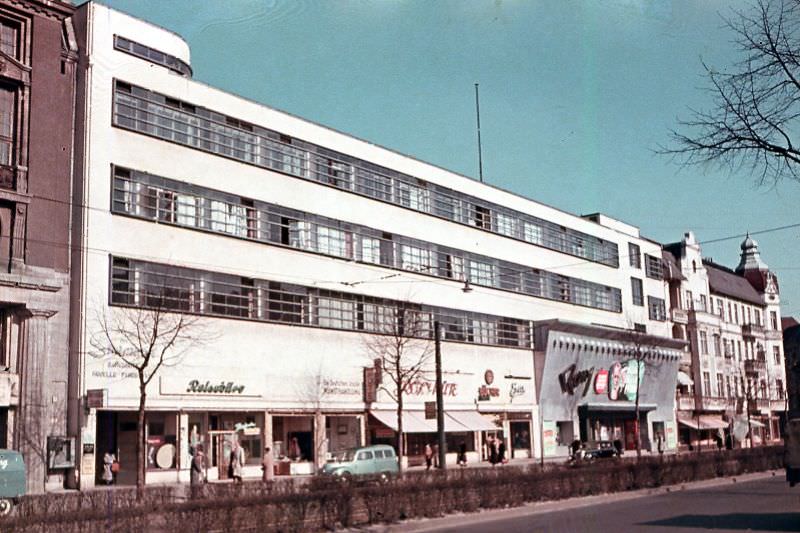





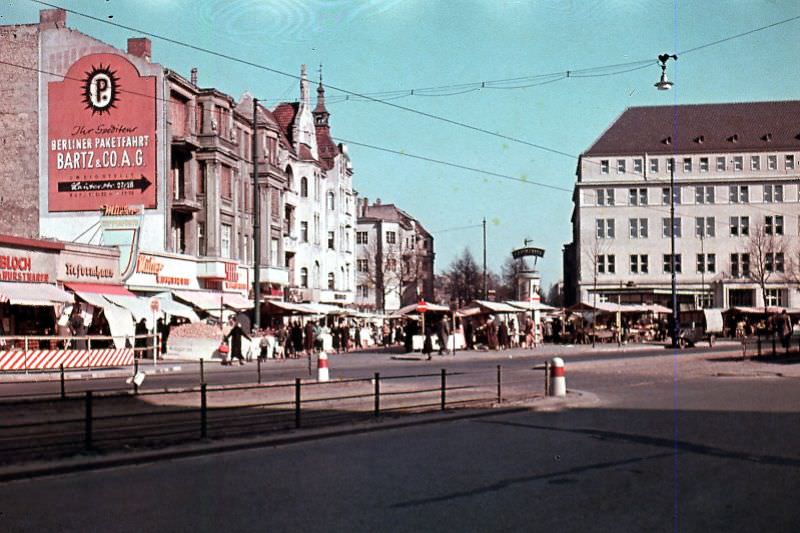




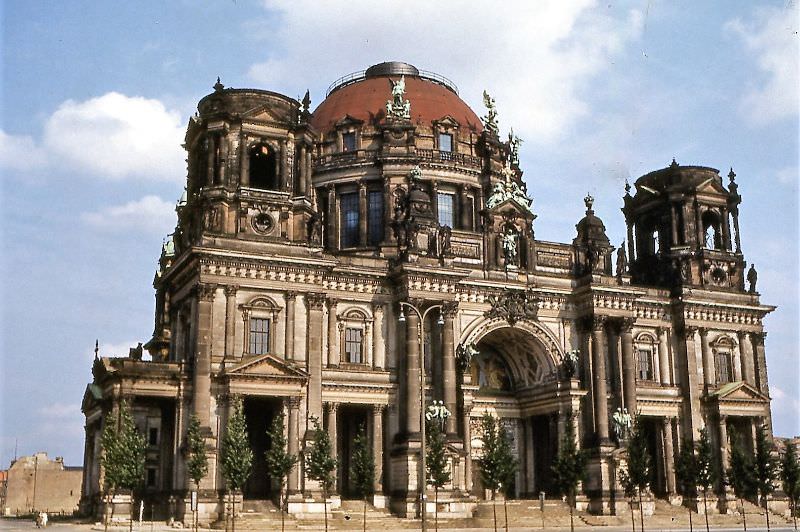

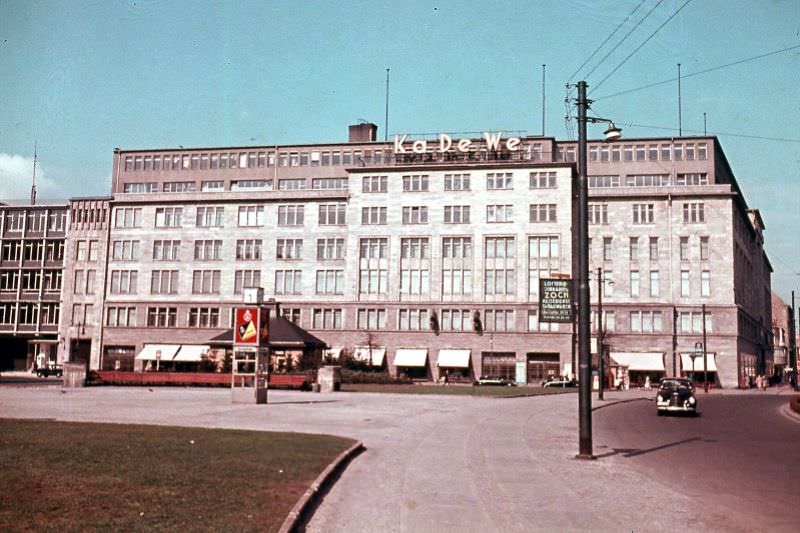





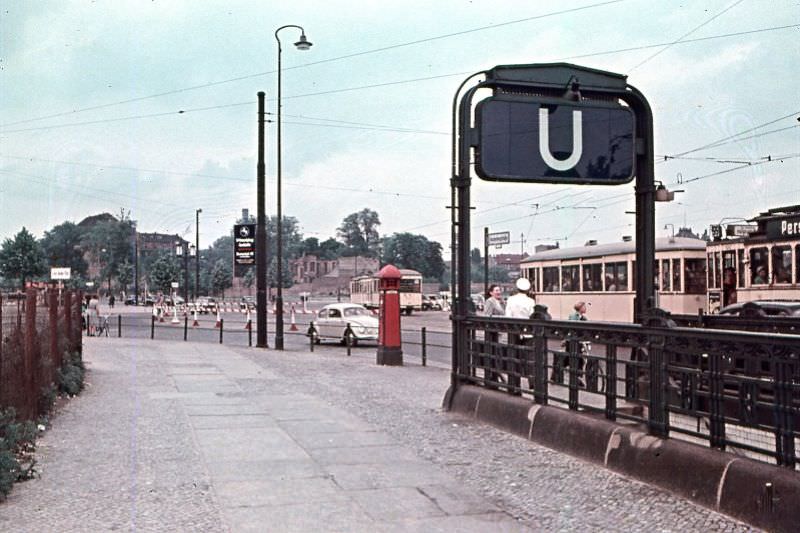







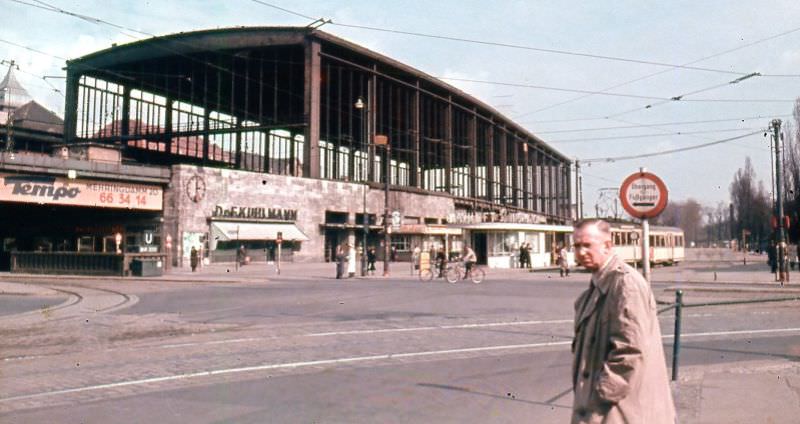






















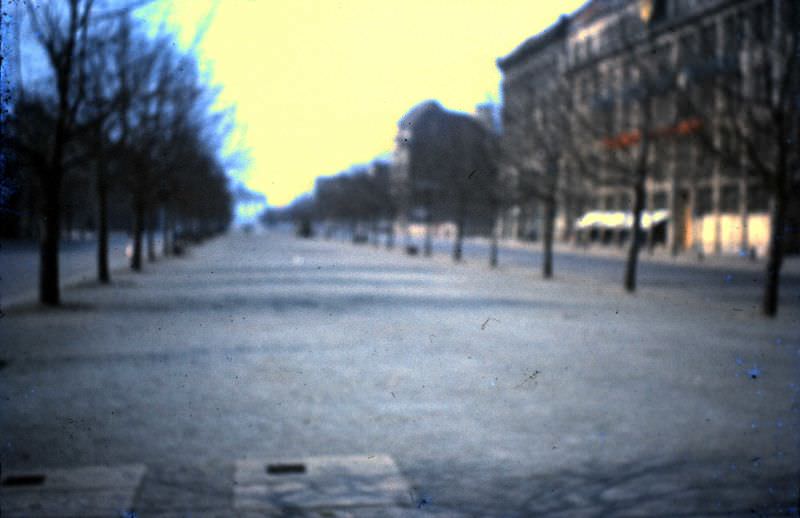











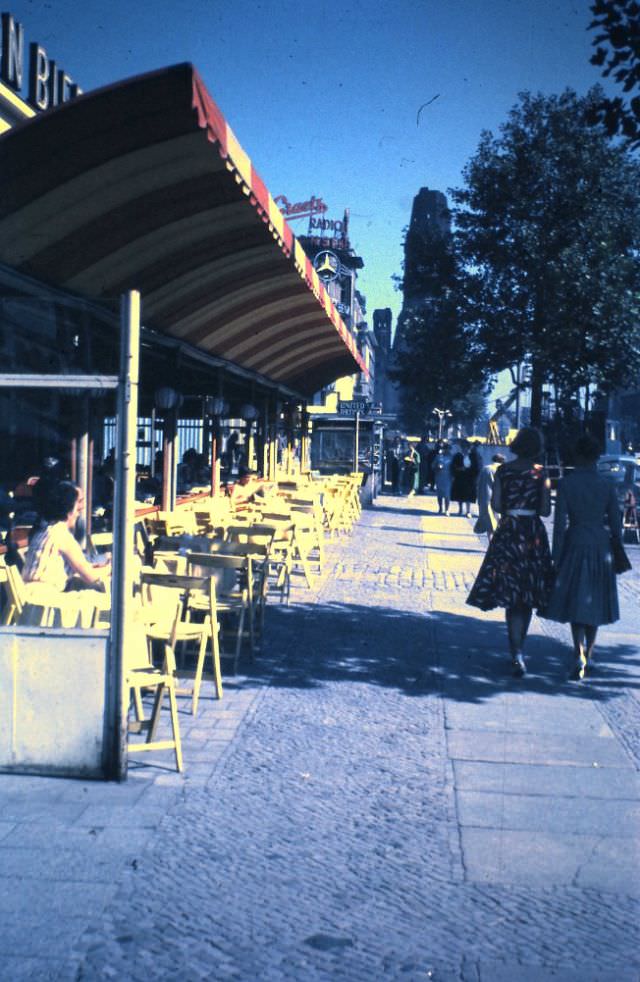












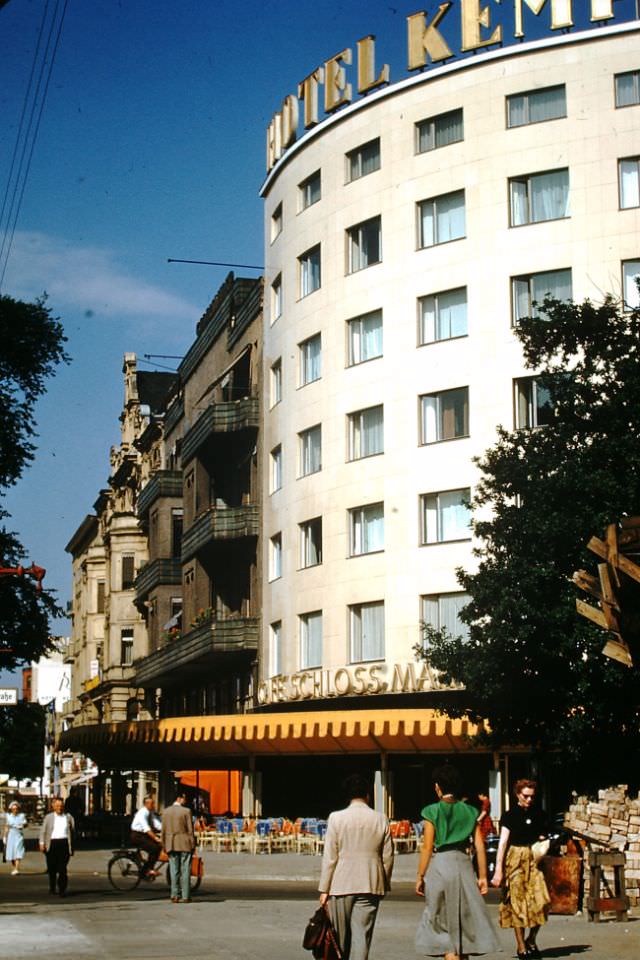







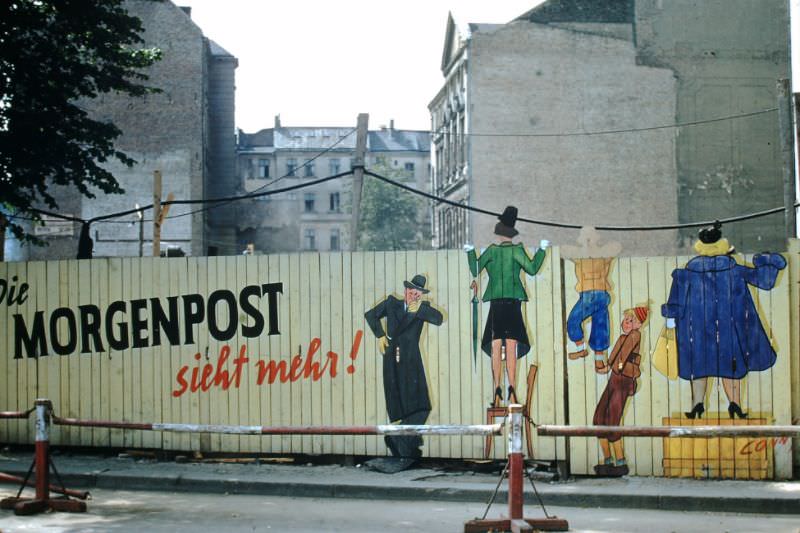




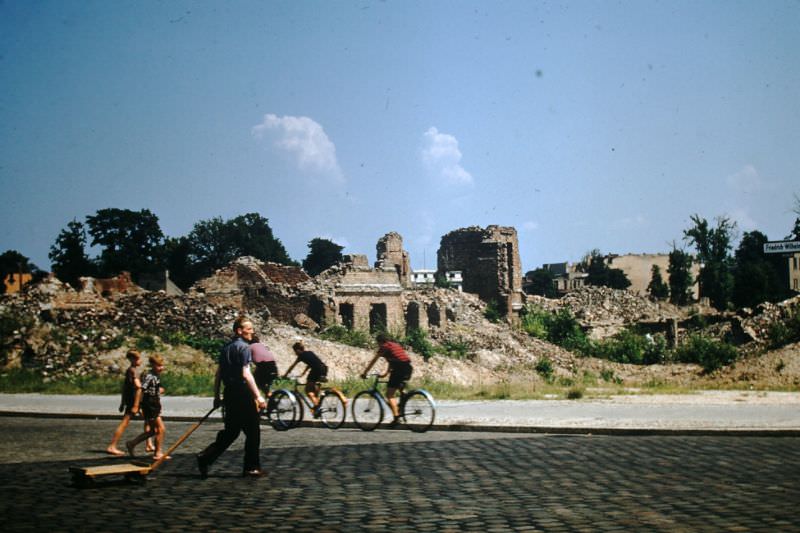






















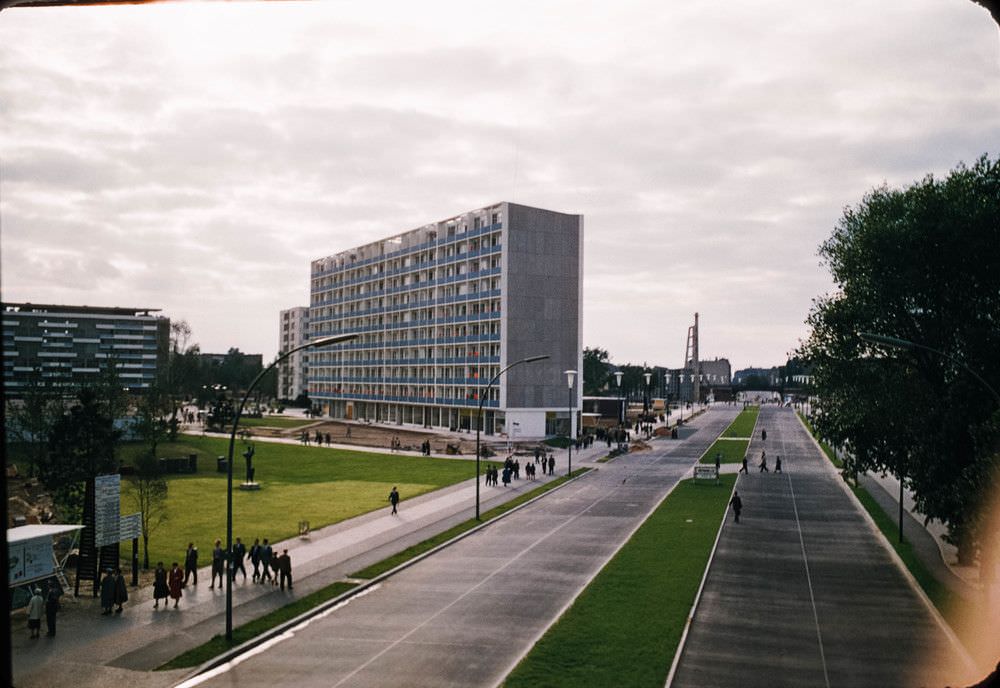





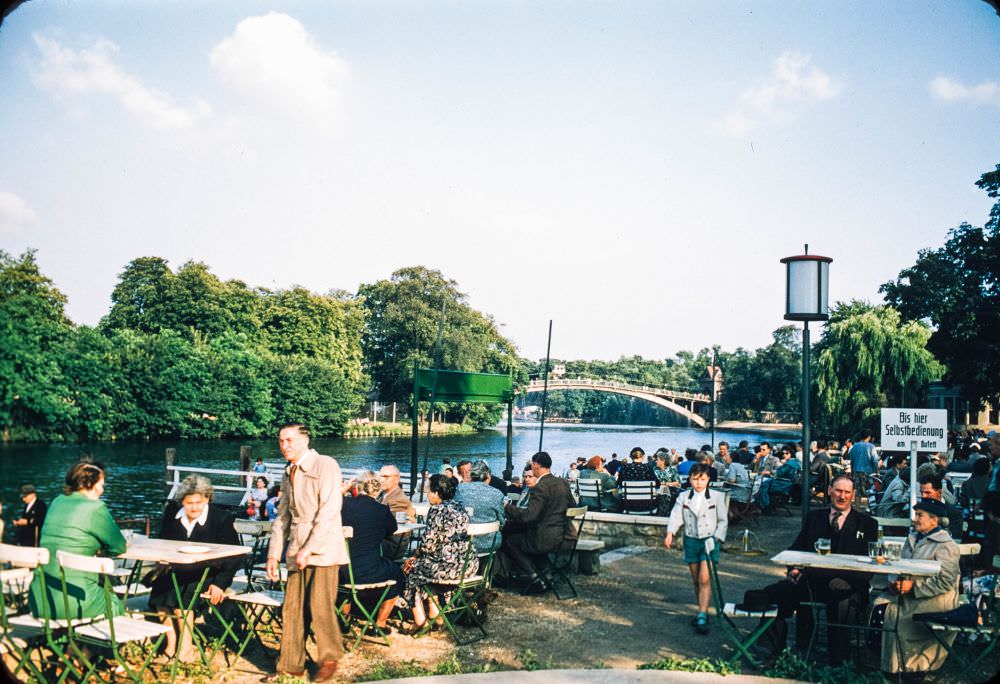
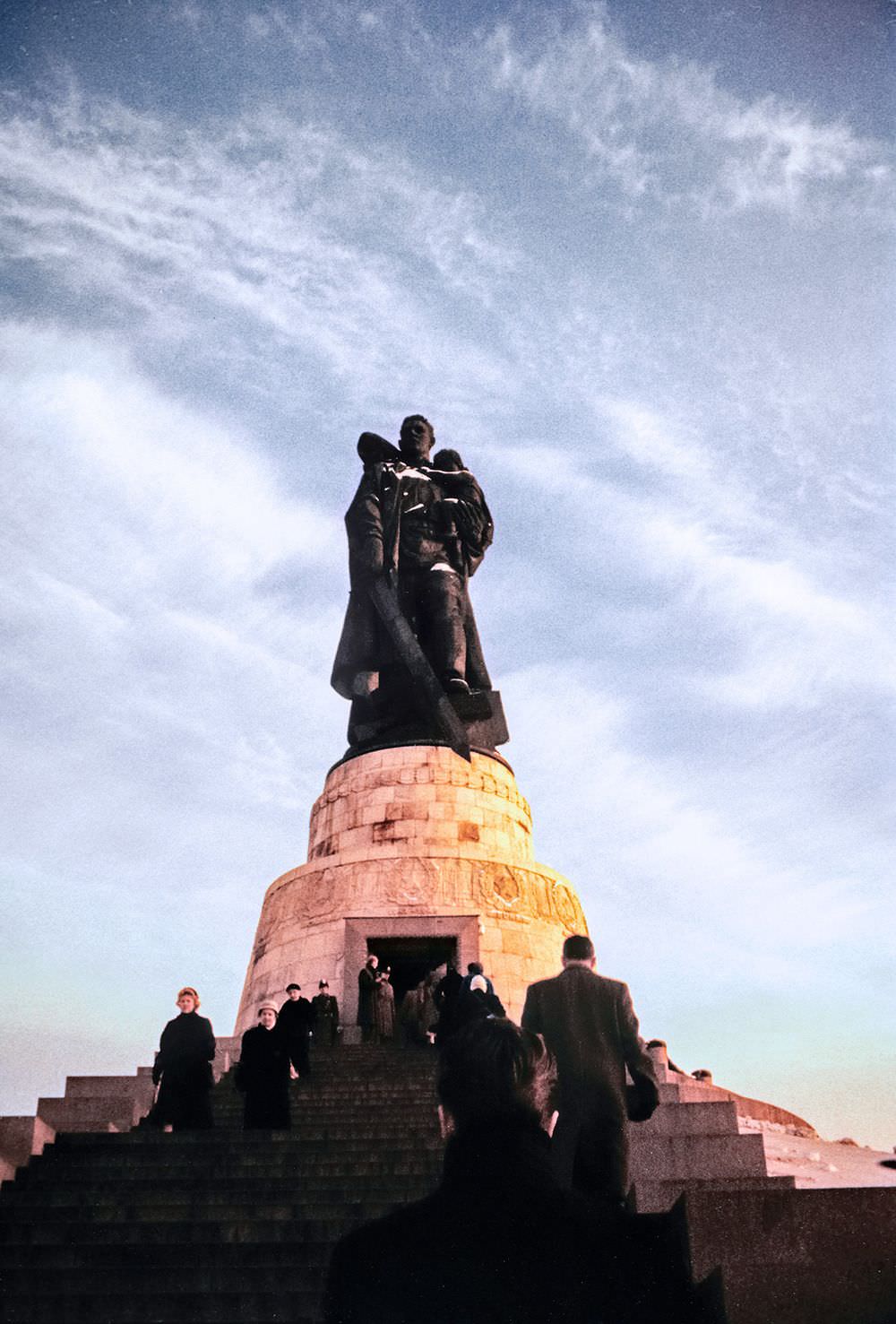

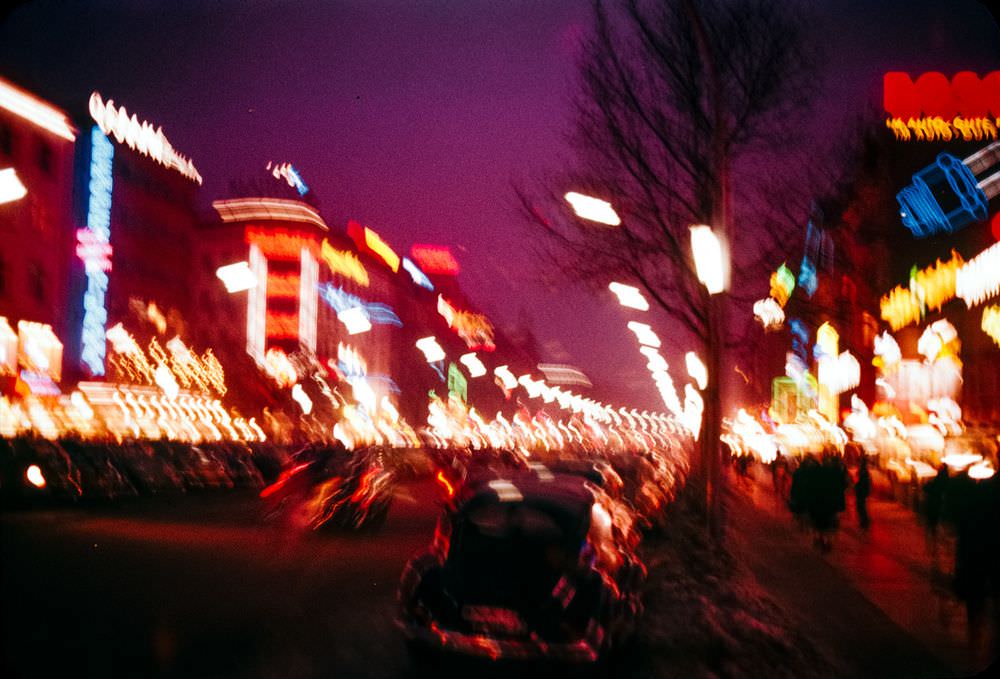
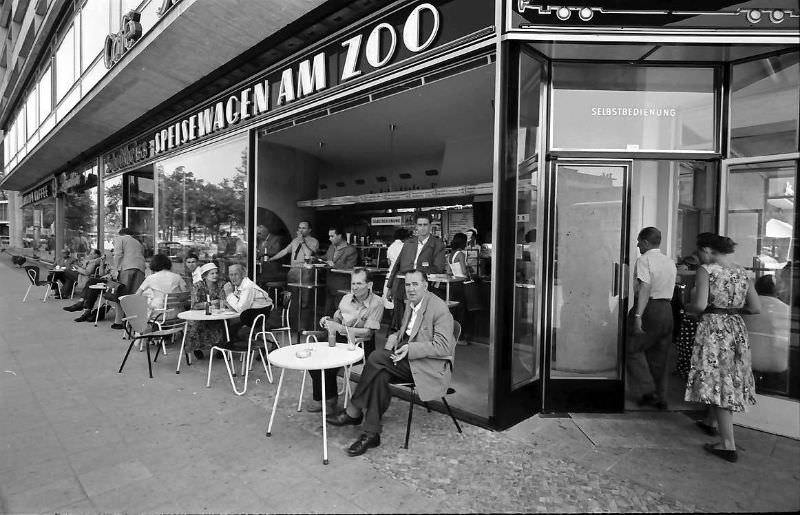






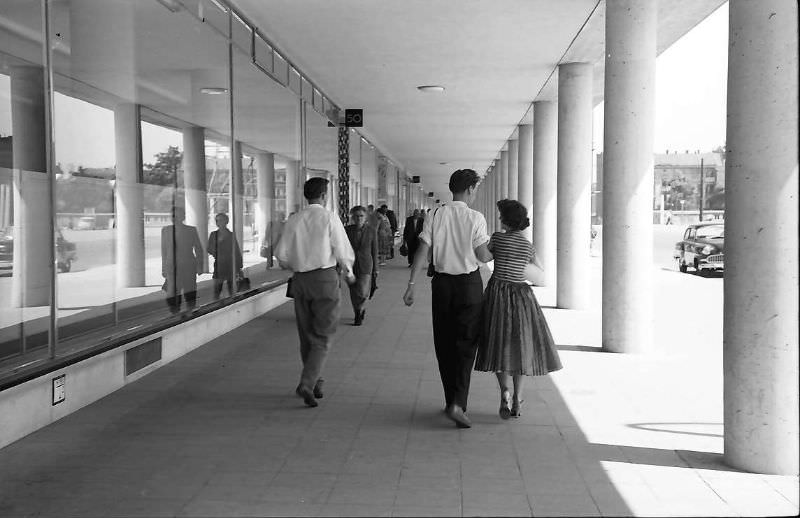


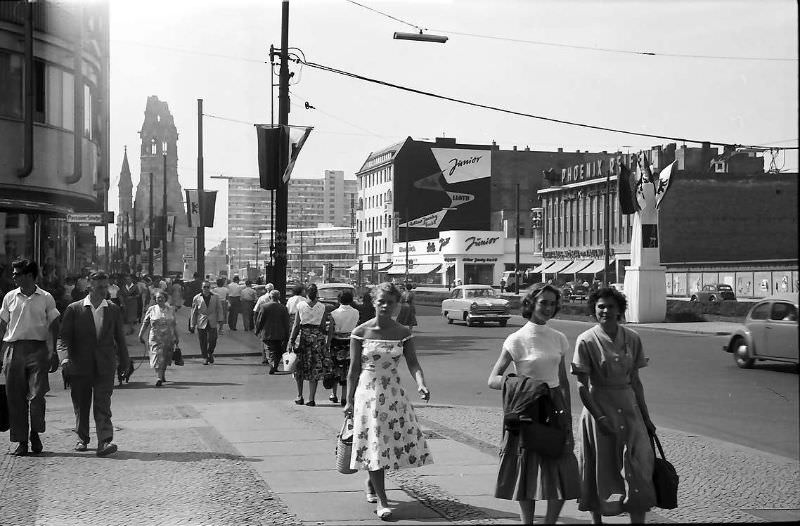
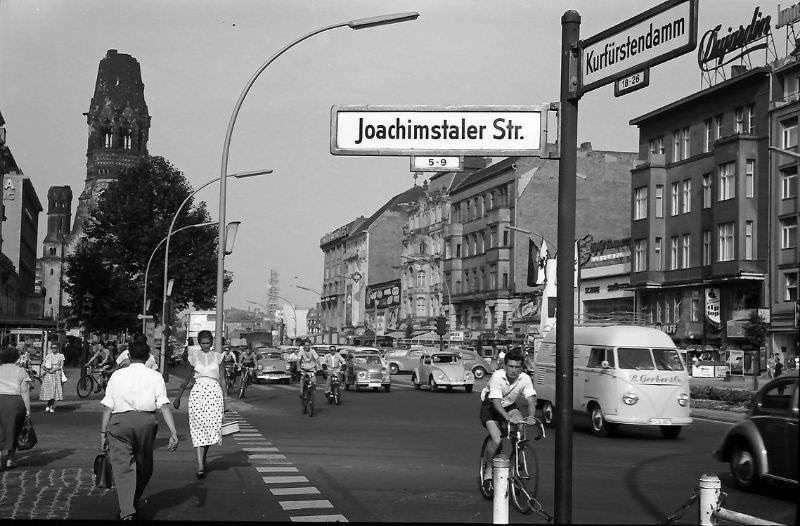
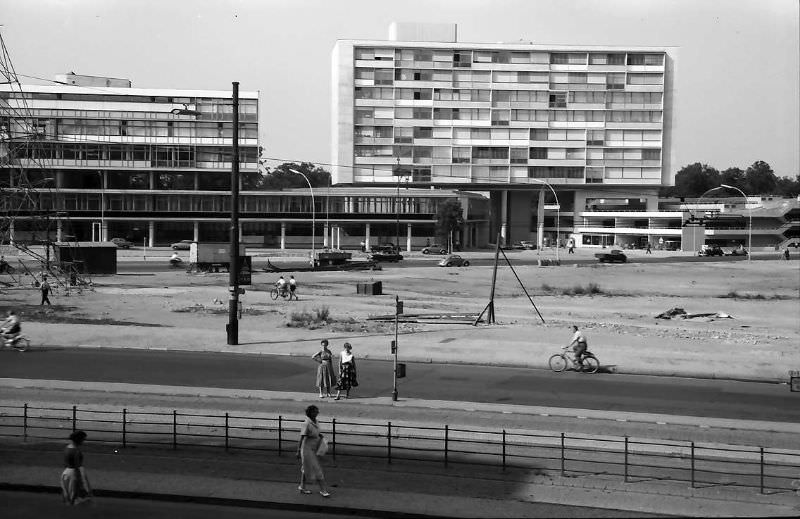









thanks ! these are great.